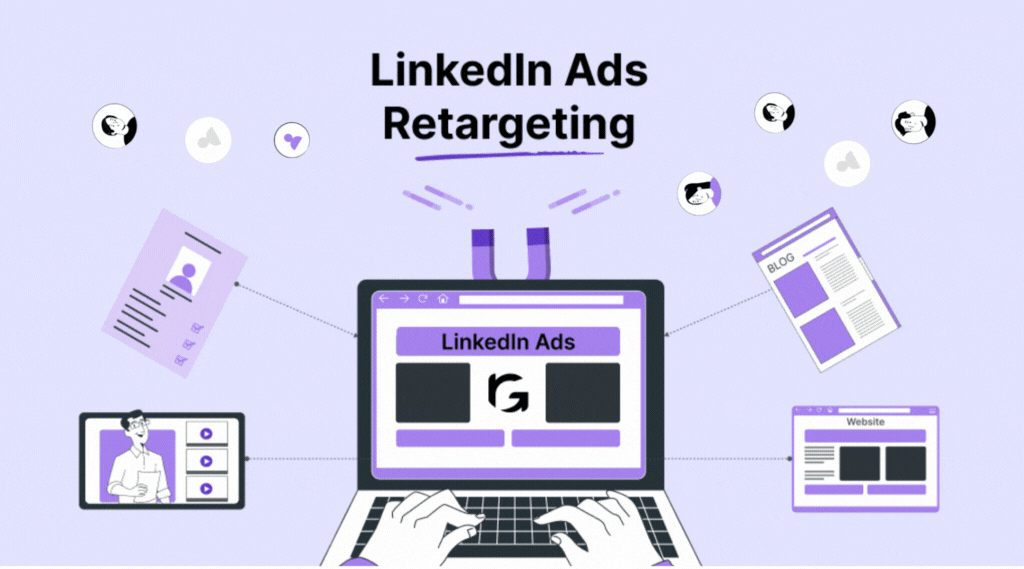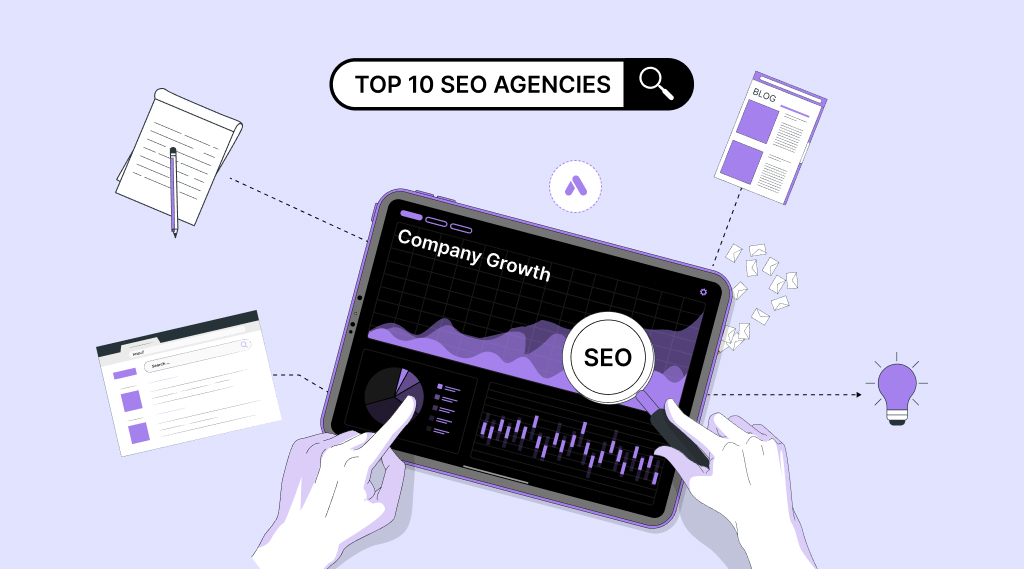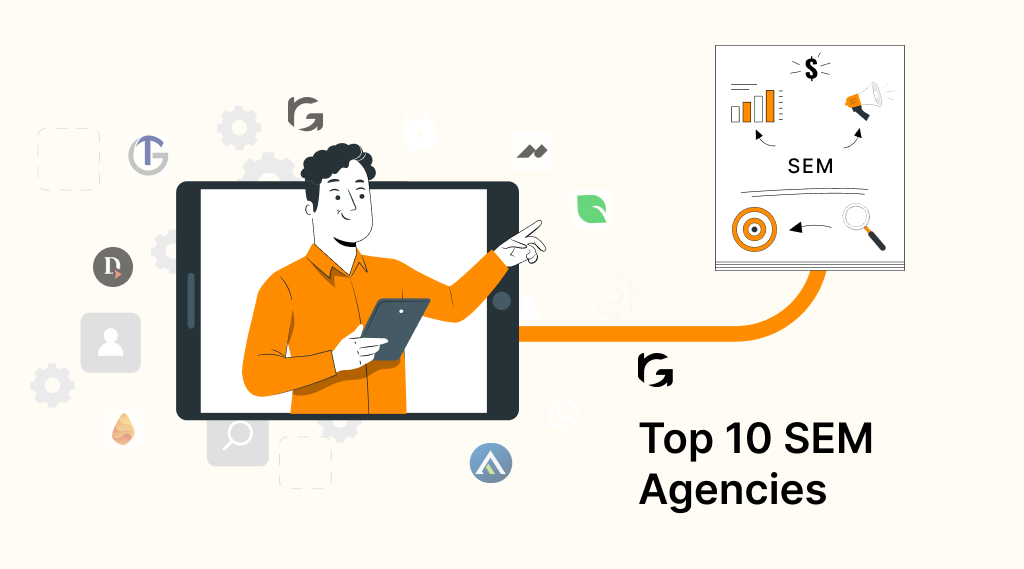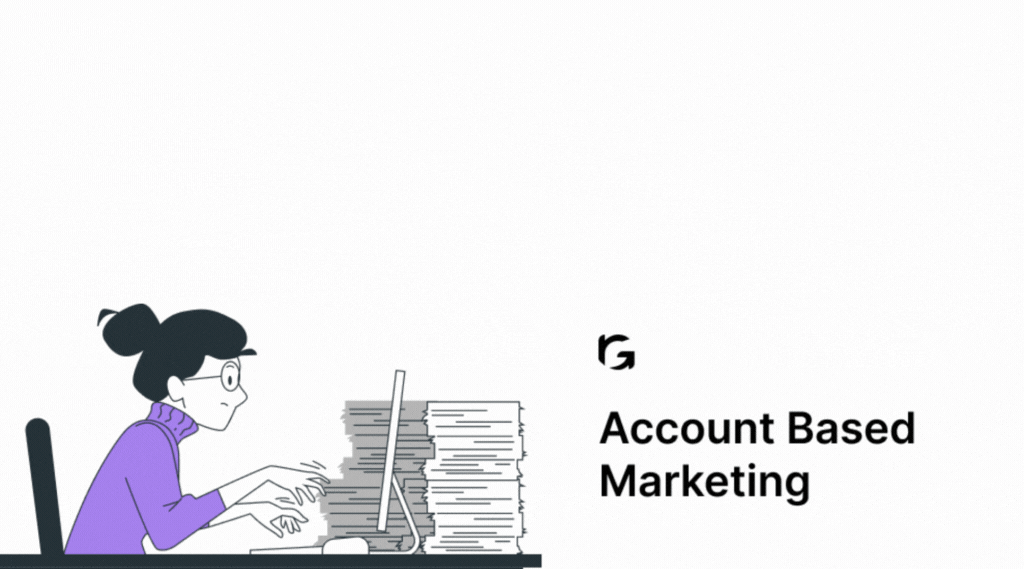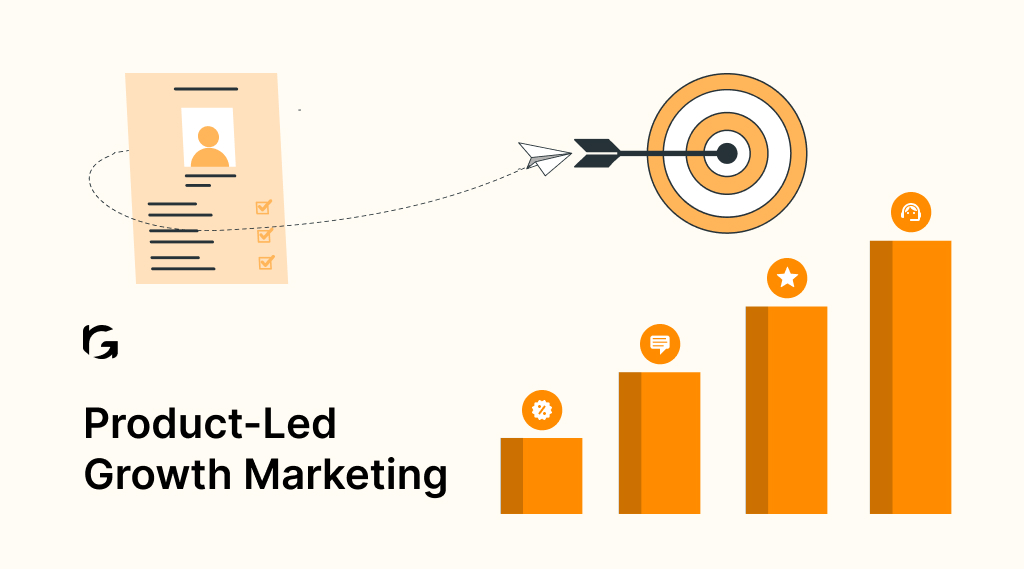Introduction
Product branding isn’t just about slapping a logo on your offering and calling it a day. It’s about crafting a narrative that resonates with your target audience, building trust, and promoting loyalty. By harnessing the power of effective branding, SaaS companies can differentiate themselves in a crowded marketplace, attract more leads, and ultimately drive growth.
Whether you’re a seasoned SaaS entrepreneur or just dipping your toes into the digital marketing waters, understanding the nuances of product branding can significantly elevate your business’s success.
Remember, product branding isn’t just a luxury—it’s a necessity for staying competitive and relevant. By the end of this blog, you’ll have a deeper understanding of what product branding includes and how you can leverage it to propel your SaaS business to new heights. Let’s get started!
What is product branding?
Product branding is essentially the personality of your offering—the unique set of characteristics, values, and perceptions that distinguish it from competitors. Think of it as the face of your SaaS business, the first impression that customers encounter. It consists of everything from your logo and visual identity to your messaging and customer experience.
At its core, product branding is about building a connection with your target audience, evoking emotions, and building trust. It’s not just about what your product does, but how it makes people feel. Effective branding communicates your company’s story, values, and promise, resonating with customers on a deeper level.
In a nutshell, product branding is the art of shaping perceptions and creating a memorable identity that sets your SaaS business apart in a crowded marketplace. It’s about standing out, leaving a lasting impression, and ultimately, winning the hearts and minds of your audience.
Is product branding worth the investment for your B2B SaaS business?
Considering investing in product branding for your B2B SaaS business? You’re not alone. The question of whether product branding is worth the investment seems large. In this section, we’ll explore the various factors to consider when weighing the value of product branding for your B2B SaaS business.
Here are some factors that will decide if product branding is worth the investment:
- Competitive advantage
- Trust and credibility
- Consistency across touchpoints
- Perceived value
- Employee engagement
- Expansion opportunities
- Risk mitigation
Let’s look into each of the above factors in brief:
1. Competitive advantage
In a crowded market, product branding acts as your secret weapon. It helps you stand out from competitors, carve a distinct identity, and capture the attention of potential customers who are bombarded with choices.
2. Trust and credibility
Strong branding builds trust and credibility among B2B buyers. It reassures them that your SaaS solution is reliable, reputable, and capable of delivering on its promises, ultimately facilitating smoother sales cycles and higher conversion rates.
3. Consistency across touchpoints
Effective product branding ensures consistency across all touchpoints, from your website and marketing collateral to customer support interactions. This coherence reinforces your brand message, strengthens brand recall, and promotes long-term customer relationships.
4. Perceived value
A well-branded B2B SaaS offering is perceived as more valuable by customers. By investing in product branding, you signal to prospects that your solution is premium, innovative, and worthy of their investment, enabling you to command higher prices and achieve better margins.
5. Employee engagement
Strong branding isn’t just for external audiences—it also boosts internal morale and engagement. When employees feel proud of the brand they represent, they’re more motivated, productive, and aligned with the company’s mission, driving overall business success.
6. Expansion opportunities
Robust product branding lays the foundation for future growth and expansion. It opens doors to new markets, partnerships, and revenue streams, providing a scalable platform for scaling your B2B SaaS business beyond its current boundaries.
7. Risk mitigation
Investing in product branding mitigates risks associated with market fluctuations, customer churn, and competitive threats. A strong brand acts as a buffer, shielding your business from external shocks and providing a sense of stability and resilience in uncertain times.
In conclusion, the answer to whether product branding is worth the investment for your B2B SaaS business is a clear yes. From gaining a competitive edge and building trust to driving employee engagement and unlocking growth opportunities, the benefits of effective branding are manifold.
7 Examples of B2B product branding done right
Some companies have mastered the art of creating impactful and memorable brand experiences serve as inspiration for businesses seeking to elevate their own branding strategies. In this section, we’ll explore seven standout examples of B2B product branding done right.
From clear value propositions to consistent messaging and exceptional user experiences, these brands have successfully differentiated themselves in competitive markets and earned the trust and loyalty of their target audiences.
Here are seven examples of B2B business that have successfully established strong product branding:
- Salesforce
- HubSpot
- IBM
- Adobe
- Oracle
- Amazon Web Services (AWS)
- Cisco
Let’s look into each of the above examples in brief:
1. Salesforce
Salesforce has built a powerful brand as a customer relationship management (CRM) solution. Their brand is associated with efficiency, innovation, and helping businesses grow.
2. HubSpot
HubSpot is known for its inbound marketing and sales software. Their brand is synonymous with inbound methodology, offering a holistic approach to attracting, engaging, and delighting customers.
3. IBM
IBM is a global technology company known for its B2B solutions. The IBM brand represents innovation, reliability, and expertise in various business sectors, including cloud computing, artificial intelligence, and cybersecurity.
4. Adobe
Adobe is renowned for its creative software, but it also offers B2B solutions for marketing and document management. Adobe’s brand is linked to creativity, design, and productivity.
5. Oracle
Oracle is a prominent player in B2B software solutions, specializing in databases, cloud services, and enterprise software. The Oracle brand conveys stability, scalability, and advanced technology.
6. Amazon Web Services (AWS)
AWS is Amazon’s B2B offering, providing cloud computing and infrastructure services. AWS’s brand is associated with scalability, reliability, and innovation in cloud technology.
7. Cisco
Cisco is a leader in networking, cybersecurity, and communication technology for businesses. The Cisco brand signifies networking excellence, security, and global reach.
These B2B companies have effectively crafted and promoted their brand identities, which have become associated with their respective products and services. These strong brand identities have contributed to their success and market leadership in their respective industries.
How to improve B2B sales with product brand marketing?
Elevating B2B sales through effective product branding marketing is a strategic approach that can yield significant results for businesses. By leveraging the power of branding to enhance visibility, credibility, and perceived value, companies can attract more leads, close deals faster, and promote long-term customer relationships.
Here are 8 actionable strategies to improve B2B sales:
- Clarify your value proposition
- Establish thought leadership
- Enhance brand visibility
- Personalize the sales experience
- Invest in customer success
- Differentiate through branding
- Build trust and credibility
- Measure and optimize results
Let’s look into each of the above strategies in brief:
1. Clarify your value proposition
Start by refining your value proposition to clearly communicate the unique benefits and solutions your product offers to B2B buyers. Your branding efforts should emphasize how your product addresses specific pain points and delivers measurable outcomes for customers.
2. Establish thought leadership
Position your brand as a thought leader in your industry by creating and sharing valuable content that educates and informs your target audience. Thought leadership content such as whitepapers, case studies, and industry insights can help build trust and credibility, making it easier to engage prospects and close sales.
3. Enhance brand visibility
Increase brand visibility by optimizing your online presence across various channels, including your website, social media profiles, and industry directories. Consistent branding and messaging across these platforms help reinforce your brand identity and attract the attention of potential buyers.
4. Personalize the sales experience
Tailor your sales approach to the unique needs and preferences of each prospect by leveraging data-driven insights and personalized messaging. Showcasing how your product can address specific challenges faced by the prospect’s business enhances relevance and increases the likelihood of conversion.
5. Invest in customer success
Prioritize customer success by providing exceptional post-sale support and service. A positive customer experience not only promotes loyalty but also generates referrals and repeat business, ultimately driving B2B sales growth through word-of-mouth marketing.
6. Differentiate through branding
Stand out from competitors by leveraging your brand’s unique attributes and value proposition. Consistent branding, compelling storytelling, and memorable visual elements help differentiate your product in a crowded marketplace, making it easier for buyers to choose you over alternatives.
7. Build trust and credibility
Establish trust and credibility with B2B buyers by showcasing customer testimonials, case studies, and industry accolades that validate the effectiveness and reliability of your product. Social proof and endorsements from satisfied customers can significantly influence purchasing decisions.
8. Measure and optimize results
Continuously monitor the performance of your branding marketing efforts using key performance indicators (KPIs) such as lead generation, conversion rates, and customer lifetime value. Use data analytics to identify areas for improvement and refine your strategies accordingly, ensuring that your B2B sales continue to thrive over time.
By implementing these strategies for improving B2B sales with product branding marketing, businesses can unlock new opportunities for growth and success. By prioritizing branding as a strategic priority, B2B businesses can differentiate themselves, attract high-quality leads, and ultimately achieve their sales objectives with confidence.
Conclusion
Product branding is a vital component of success in the B2B (Business-to-Business) arena, especially for SaaS (Software as a Service) products. A well-structured branding strategy can set your business and its offerings apart, promote trust, improve customer loyalty, and ultimately drive growth and profitability.
B2B product branding isn’t limited to aesthetics; it’s about the entire customer experience and the reputation you build within your industry. By following these branding principles and adapting to changing market dynamics, your B2B SaaS business can create a lasting and impactful brand that resonates with customers and helps you stay competitive in your niche.
Ready to turbocharge your SaaS growth? Contact RevvGrowth, your dedicated SaaS marketing agency, and let’s amplify your success together! Click here to get started.
